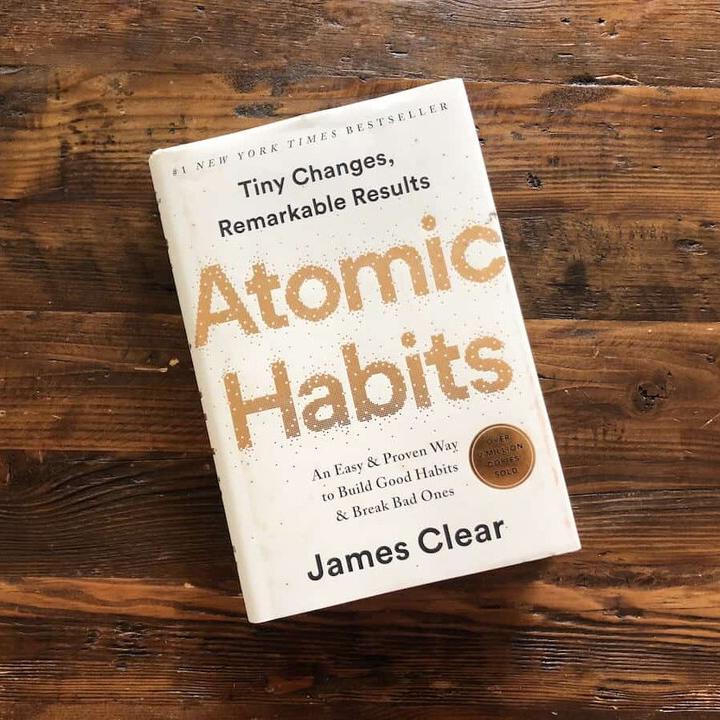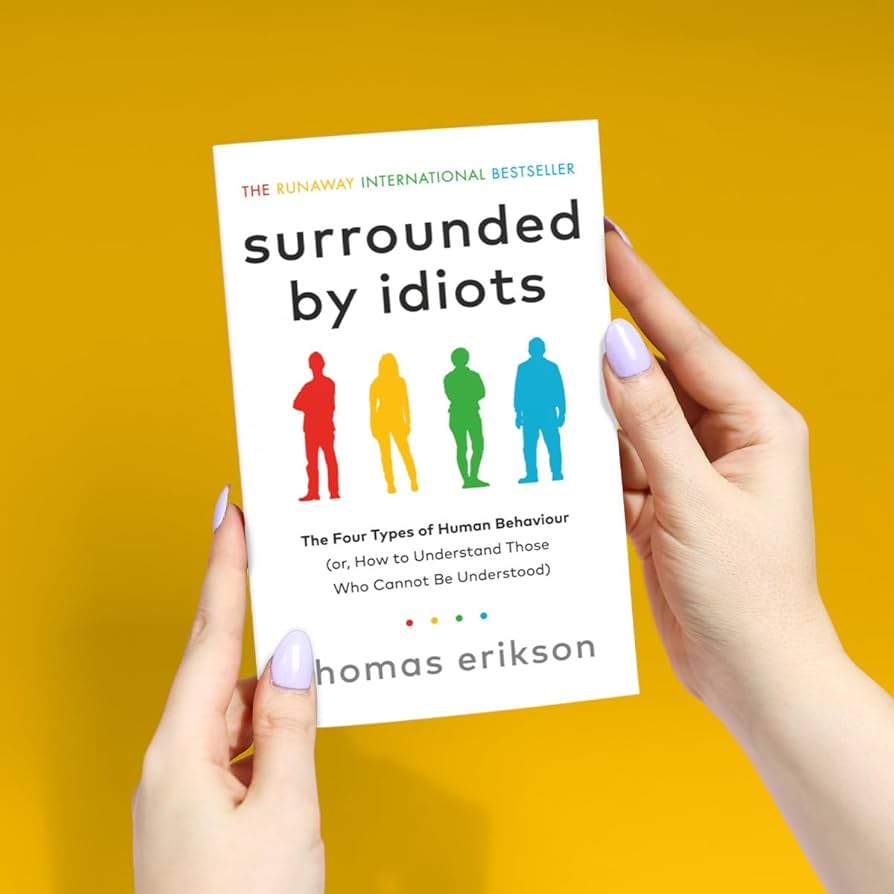
Book Review: Men Are from Mars, Women Are from Venus Lessons for Love That Last
Published by Sarah Chen, Relationship Counselor and Author

The Enduring Appeal of Understanding Our Differences
In a world where relationships seem more complicated than ever, there’s something refreshing about a book that offers clear explanations for why couples struggle to understand each other. John Gray‘s “Men Are from Mars, Women Are from Venus,” published in 1992, struck a chord with millions of readers by suggesting that many relationship conflicts stem from fundamental differences in how we communicate and process emotions.
While the book has faced criticism for its gender generalizations, the core idea remains compelling: successful relationships require recognizing and respecting that your partner may have a completely different way of viewing and responding to the world. Whether you agree with Gray’s planetary metaphors or not, the book addresses a universal truth—love alone isn’t enough if we can’t bridge the communication gaps that separate us.
What the Book Is Actually About
“Men Are from Mars, Women Are from Venus” isn’t just a relationship guide—it’s Gray’s attempt to decode the mystery of why couples who love each other can feel like they’re speaking entirely different languages. The book presents the idea that men and women have evolved different emotional and communication patterns, using the metaphor of coming from different planets to explain these differences.
Gray argues that “Martians” (traditionally men) value independence, achievement, and problem-solving. When stressed, they retreat to their metaphorical caves to work things out alone. “Venusians” (traditionally women) value relationships, feelings, and connection. When facing challenges, they need to talk through their emotions and feel heard and supported.
The book walks readers through common relationship scenarios—from daily stress to major conflicts—showing how these different approaches create misunderstandings. Gray explains why a Martian might offer solutions when their Venusian partner just wants empathy, or why a Venusian might pursue conversation when their Martian partner needs space. He then provides practical strategies for both planets to better understand and support each other.
Throughout the book, Gray emphasizes that neither approach is right or wrong—they’re simply different. The key to relationship success lies in recognizing these differences and learning to work with them rather than against them.
Timeless Lessons That Transform Relationships
Despite being written over three decades ago, several of Gray’s insights remain remarkably relevant and practical:
Different Stress Responses Require Different Support Gray’s observation that people handle stress differently is perhaps his most valuable contribution. Some individuals need space to process (the cave), while others need connection and conversation. Understanding this prevents the common mistake of giving your partner the type of support you would want rather than what they actually need.
Small Gestures Matter More Than Grand Ones The book emphasizes that consistent small acts of love and appreciation build stronger relationships than occasional grand gestures. This insight aligns perfectly with modern research on relationship maintenance and the importance of daily positive interactions.
Communication Styles Aren’t Personal Attacks Gray helps readers understand that when their partner withdraws or wants to talk extensively, it’s usually about their processing style, not about rejection or criticism. This reframe can prevent countless arguments and hurt feelings.
Appreciation Must Be Expressed, Not Assumed One of the book’s most practical lessons is that people need to hear appreciation regularly. Gray argues that assuming your partner knows you value them isn’t enough—appreciation must be actively communicated.
Problem-Solving vs. Emotional Support Are Different Skills The book clearly distinguishes between wanting advice and wanting empathy. Teaching couples to identify which type of support is needed in any given moment prevents the frustration of mismatched responses.
Emotional Cycles Are Natural and Temporary Gray’s discussion of emotional waves and cycles helps normalize the ups and downs in relationships, reducing the tendency to panic when partners go through difficult periods.
Words of Wisdom That Still Ring True
Gray’s book is filled with memorable insights that continue to help couples navigate their differences:
“When a man can listen to a woman’s feelings without getting angry and frustrated, he gives her a wonderful gift. He makes it safe for her to express herself.”
This quote captures the essence of emotional safety in relationships—the idea that creating space for your partner’s feelings, even when they’re difficult to hear, is one of the greatest gifts you can offer.
“A woman’s sense of self is defined through her feelings and the quality of her relationships.”
While this may seem outdated in terms of gender roles, it speaks to the fundamental human need for emotional connection and the importance of relationships in many people’s lives.
“When men and women are able to respect and accept their differences then love has a chance to blossom.”
This remains the book’s central message—that acceptance of differences, rather than trying to change your partner, is the foundation of lasting love.
“Remember, a small loving thought is a powerful thing.”
Gray’s emphasis on the cumulative power of small, consistent acts of love aligns with everything we know about building strong relationships through daily positive interactions.
“Men are motivated when they feel needed while women are motivated when they feel cherished.”
Though these roles can certainly be reversed or apply to anyone regardless of gender, the underlying insight about different motivational needs in relationships remains valuable.
Why the Book Still Matters
Critics are right to point out that Gray’s gender generalizations don’t reflect the full spectrum of human relationships and communication styles. However, dismissing the book entirely means losing access to genuinely useful frameworks for understanding relationship dynamics.
The book’s lasting value lies in its central premise: successful relationships require curiosity about your partner’s inner world and the humility to recognize that their way of processing emotions and communication might be completely different from yours. Whether you’re dealing with an introverted partner who needs processing time or an extroverted partner who thinks out loud, Gray’s insights about respecting different styles remain profoundly helpful.
In our modern understanding of relationships, we can extract the useful tools from “Men Are from Mars, Women Are from Venus” while leaving behind the limiting gender assumptions. The cave and the wave, the need for appreciation and understanding, the difference between fixing and listening—these concepts transcend planetary metaphors and speak to fundamental truths about human connection.
Ultimately, Gray’s book endures because it offers hope to couples who feel stuck in patterns of misunderstanding. It suggests that with awareness, patience, and the right tools, we can learn to love across our differences—whether those differences are about gender, personality, or simply two unique individuals trying to build a life together.
















Post Comment